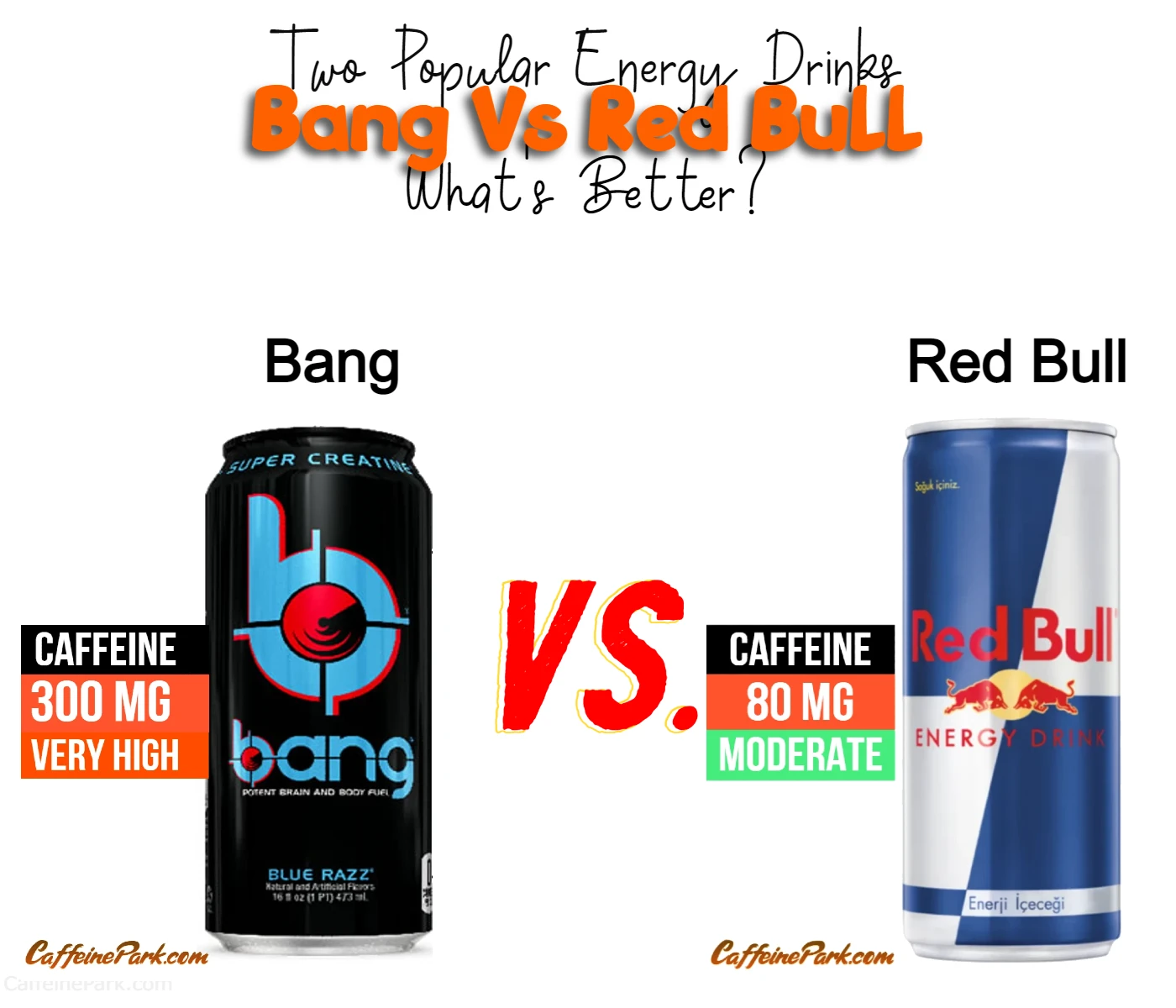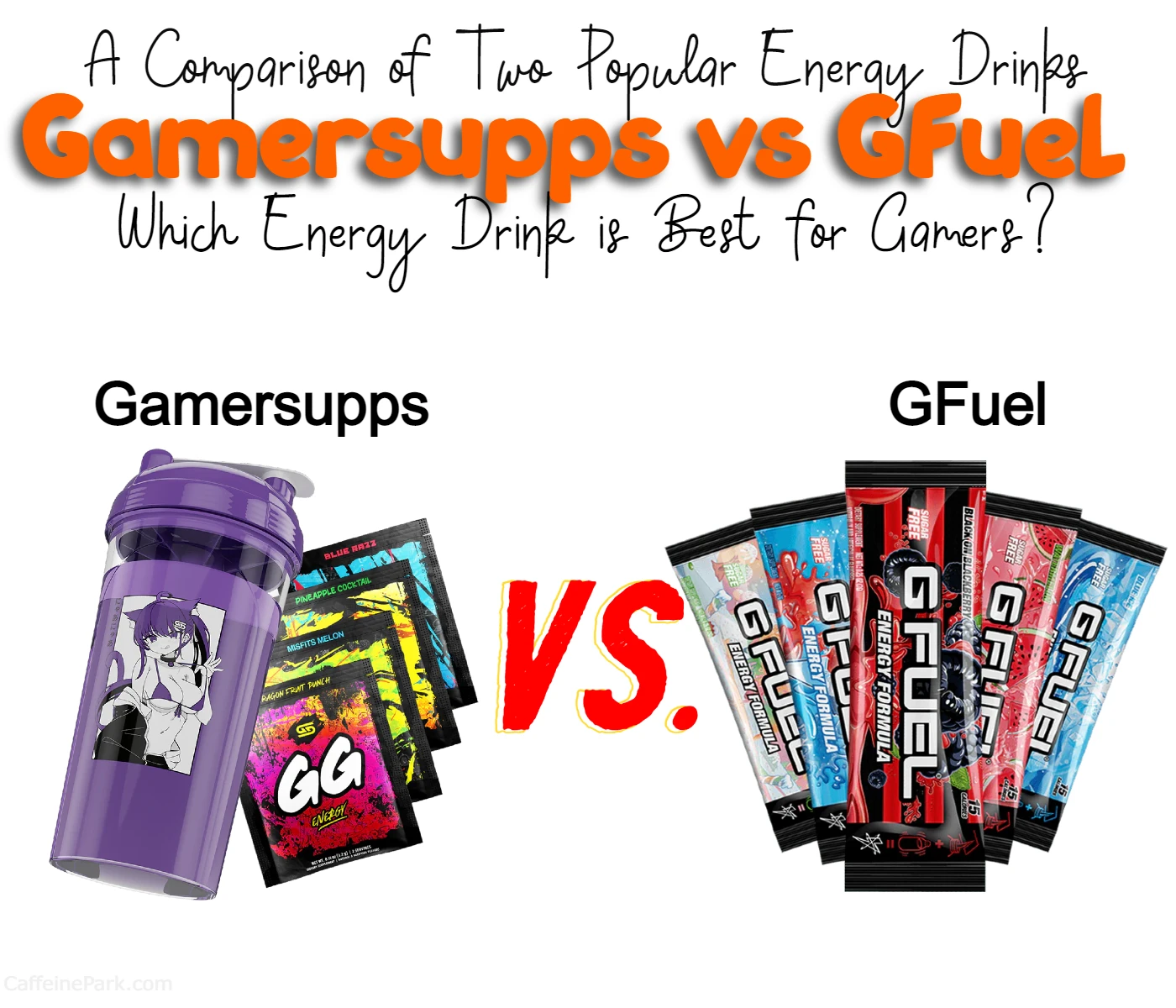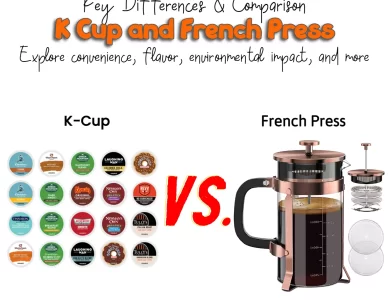Bang vs Red Bull

Are you someone who relies on energy drinks to power through a busy day or intense workout? If so, you’re not alone. Energy drinks have become increasingly popular in recent years as people look for ways to boost their energy and focus.
Two of the most popular energy drinks on the market today are Red Bull and Bang. Both offer a quick pick-me-up in a convenient can, but they have some key differences that may sway your choice.
In this blog post, we’ll take a closer look at the differences between Red Bull and Bang, including their caffeine and sugar content, their formulas and ingredients, their flavors, their packaging, and their marketing and branding. By the end of this post, you’ll have a better understanding of which energy drink is right for you. So, let’s dive in and discover the difference between Red Bull and Bang!
Here’s a quick chart summarizing the main differences between Red Bull and Bang:
| Red Bull | Bang | |
|---|---|---|
| Caffeine | 80mg | 300mg |
| Sugar | 27g | 0g |
| Formula | Taurine | Creatine, BCAAs, COQ10 |
| Flavors | Original, sugar-free, tropical, watermelon | Blue razz, cotton candy, sour heads |
| Packaging | Slim can | Tall can |
| Target market | Extreme sports, general consumers | Fitness enthusiasts, bodybuilders |
Difference between Red Bull and Bang
First things first, let’s define what these two energy drinks are. Red Bull is a carbonated energy drink that was first introduced in Austria in 1987. It contains caffeine, taurine, B vitamins, and sugar, among other ingredients. Red Bull is sold in over 170 countries and is often marketed as a drink that enhances physical performance and mental concentration.
On the other hand, Bang is a more recent player in the energy drink market. It was first introduced in 2012 and quickly gained popularity due to its high caffeine content and sugar-free formula. Bang contains caffeine, amino acids, and CoQ10, among other ingredients, and is marketed as a drink that enhances performance and mental focus.
Now that we’ve got the basics out of the way, let’s take a closer look at the differences between Red Bull and Bang.
Caffeine Content
One of the main differences between Red Bull and Bang is their caffeine content. Red Bull contains 80 mg of caffeine per 8.4-ounce can, while Bang contains 300 mg of caffeine per 16-ounce can. This means that Bang has almost four times the amount of caffeine as Red Bull.
While caffeine can be beneficial in moderate doses, consuming too much can lead to side effects such as anxiety, jitters, and even heart palpitations. It’s important to be mindful of your caffeine intake and to stay within recommended limits.
Sugar Content
Another difference between Red Bull and Bang is their sugar content. Red Bull contains 27 grams of sugar per 8.4-ounce can, while Bang is sugar-free. This makes Bang a popular choice for those who are watching their sugar intake or following a low-carb or keto diet.
However, it’s worth noting that while Bang may be sugar-free, it still contains other sweeteners such as sucralose and acesulfame potassium. Some people prefer to avoid these artificial sweeteners, so it’s important to be aware of what’s in your energy drink if you have any dietary restrictions or preferences.
Ingredients
While both Red Bull and Bang contain caffeine and other performance-enhancing ingredients, they have different formulas and ingredient lists. In addition to caffeine and taurine, Red Bull also contains B vitamins, glucose, and sucrose.
Bang, on the other hand, contains caffeine, amino acids, CoQ10, and other ingredients such as potassium and magnesium. Some of the amino acids in Bang, such as beta-alanine and citrulline, are believed to enhance athletic performance and reduce fatigue.
It’s worth noting that some of the ingredients in energy drinks, such as taurine and amino acids, are not well-studied in terms of their long-term effects on the body. While these ingredients are generally recognized as safe by the FDA, it’s important to be mindful of what you’re putting into your body and to consult with a healthcare professional if you have any concerns.
Flavors
Both Red Bull and Bang come in a variety of flavors to suit different tastes. Red Bull offers classic flavors such as Original and Red Bull Sugarfree, as well as newer flavors such as Peach-Nectarine and Watermelon. Bang offers flavors such as Black Cherry Vanilla and Rainbow Unicorn, as well as more unusual flavors like Lemon Drop and Key Lime Pie.
Ultimately, the choice of flavor comes down to personal preference
Price
Price is another factor to consider when comparing Red Bull and Bang. Red Bull is generally more expensive than Bang, with an average price of around $2.50 per 8.4-ounce can. Bang, on the other hand, is priced at around $2.00 per 16-ounce can.
While the price may not be a deciding factor for everyone, it’s worth noting that the cost of energy drinks can add up over time. If you’re on a tight budget, choosing a more affordable option like Bang may be the way to go.
Packaging
Another difference between Red Bull and Bang is their packaging. Red Bull comes in a distinctive slim can with a red and blue logo, while Bang comes in a taller, thinner can with a black and green logo.
While the packaging may not seem like an important factor, it can actually play a role in the overall experience of drinking an energy drink. Some people may prefer the sleek and recognizable look of a Red Bull can, while others may be drawn to the bold and modern look of a Bang can.
Marketing and Branding
Finally, the marketing and branding of Red Bull and Bang are worth considering. Red Bull has been around for over 30 years and is a well-established brand with a strong presence in the energy drink market. It is often associated with extreme sports and high-energy activities and has sponsored events such as the Red Bull Air Race and the Red Bull Cliff Diving World Series.
Bang, on the other hand, is a newer and more up-and-coming brand. It has gained a following among fitness enthusiasts and bodybuilders and is often associated with gym culture and athletic performance.
Ultimately, the marketing and branding of an energy drink may not be a deciding factor for everyone. However, it can play a role in the overall experience of drinking an energy drink and may appeal to certain demographics or lifestyles.
Conclusion
In conclusion, Red Bull and Bang are two popular energy drinks that have some similarities but also some key differences. Red Bull has been around for over 30 years and is a well-established brand with a recognizable look and marketing strategy. Bang, on the other hand, is a newer and more up-and-coming brand that has gained a following among fitness enthusiasts and bodybuilders.
The main differences between Red Bull and Bang include their caffeine and sugar content, their formulas and ingredients, their flavors, their packaging, and their marketing and branding. Ultimately, the choice of which energy drink to consume comes down to personal preference and individual needs.
It’s important to remember that energy drinks should be consumed in moderation and that excessive consumption can lead to negative side effects. If you’re looking for a quick energy boost, be sure to read the label and choose an energy drink that aligns with your dietary restrictions and preferences. And as always, consult with a healthcare professional if you have any concerns.
FAQs
Bang has more caffeine than Red Bull. A 16-ounce can of Bang contains 300 milligrams of caffeine, while an 8.4-ounce can of Red Bull contains 80 milligrams.
Red Bull contains 27 grams of sugar per 8.4-ounce can, while Bang contains zero sugar. Bang uses artificial sweeteners like sucralose and acesulfame potassium to achieve its sweet taste.
Yes, there are some notable differences. Red Bull contains taurine, an amino acid that is thought to enhance athletic performance and improve mental focus. Bang, on the other hand, contains ingredients like creatine, BCAAs, and COQ10, which are believed to support muscle growth and improve physical performance.
Yes, both Red Bull and Bang come in a variety of flavors. Red Bull offers flavors like original, sugar-free, tropical, and watermelon, while Bang offers flavors like blue razz, cotton candy, and sour heads.
The answer to this question depends on your personal preferences and needs. If you’re looking for an energy drink with a higher caffeine content and a more traditional formula, Red Bull may be the way to go. If you’re looking for a more modern energy drink that prioritizes zero sugar and ingredients like BCAAs and creatine, Bang may be the better choice. Ultimately, the choice is up to you.
Read More:





